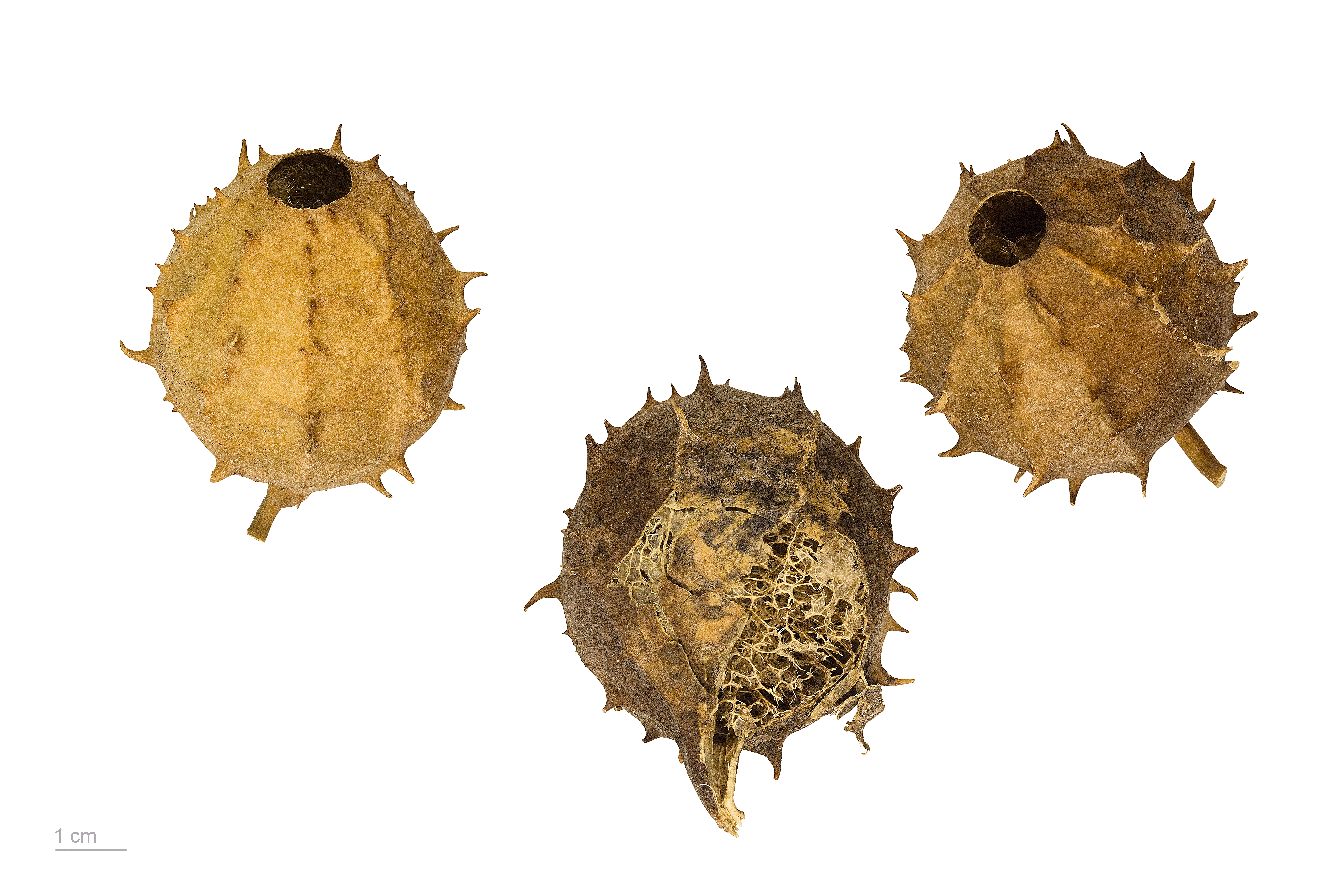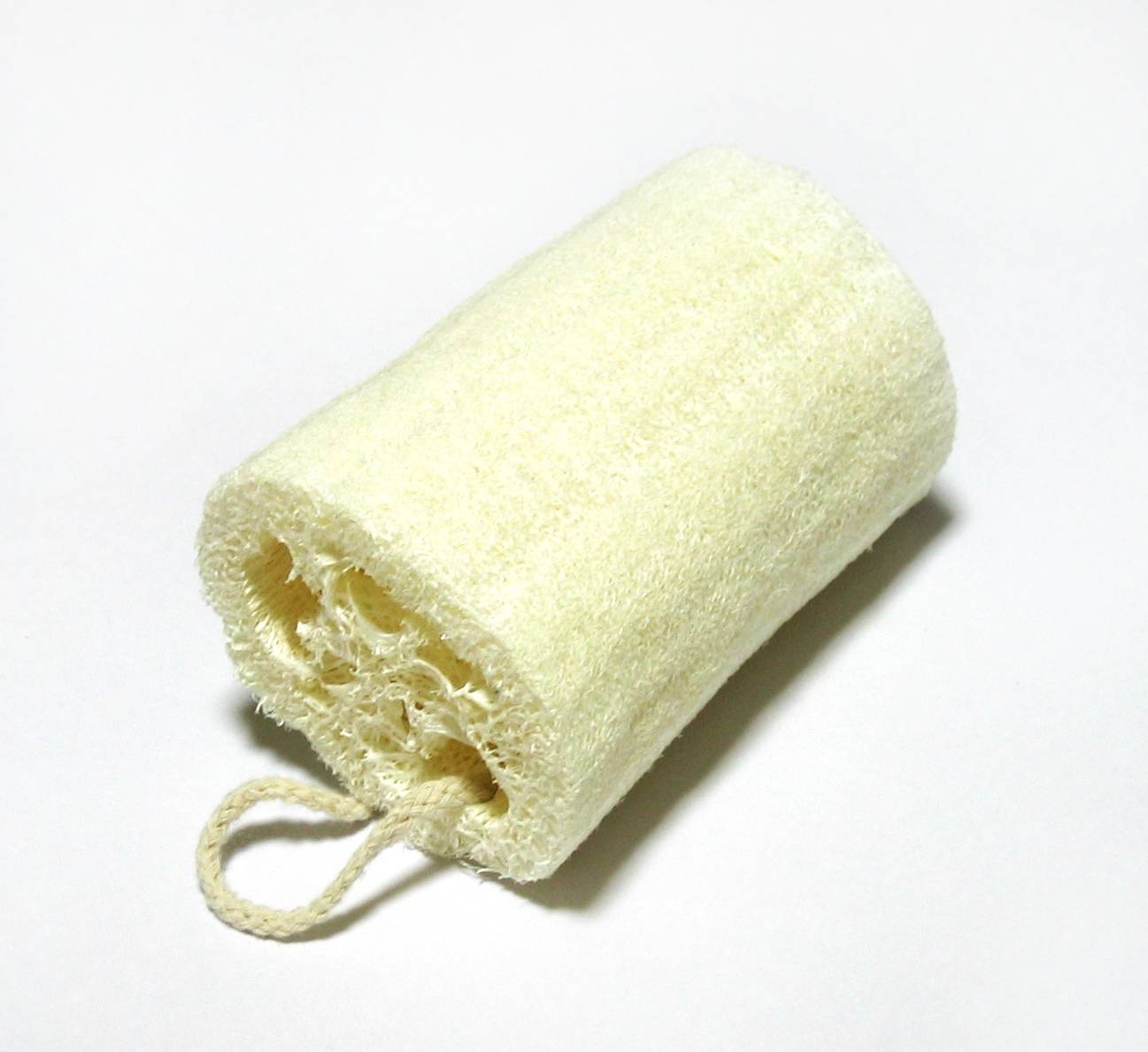|
Luffa Operculata
''Luffa operculata'' (common name, sponge cucumber, wild loofa or mướp xơ in Vietnamese) is a species of ''Luffa''. It is cultivated for its fruit, which when fully ripe is strongly fibrous and is used as a fibrous scrubbing sponge for household cleaning. The fruit is a capsule with spikes. The fruit is dark-brown when mature. It is also grown in gardens and yards as an ornamental plant. In colder places they can be grown indoors as a houseplant. The species name is derived from the word, ''operculum'', meaning "little lid." When the fruits are mature, and the seeds are ready to be dispersed, a small part of the bottom tip (blossom end) opens up. Then, the seeds fall to the ground. Luffa is used as an herbal remedy, with some pharmacological activity found in animal tests and insufficient data proving effectiveness in humans. Its use in homeopathy Homeopathy or homoeopathy is a pseudoscientific system of alternative medicine. It was conceived in 1796 by the Ger ... [...More Info...] [...Related Items...] OR: [Wikipedia] [Google] [Baidu] |
Alfred Cogniaux
Célestin Alfred Cogniaux (7 April 1841 – 15 April 1916) was a Belgian botanist. Amongst other plants, the genus '' Neocogniauxia'' of orchids is named after him. In 1916 his enormous private herbarium was acquired by the National Botanic Garden of Belgium. Publications * De Saldanha da Gama, J., Cogniaux, A. ''Bouquet de Mélastomacées brésiliennes dédiées a Sa Majesté Dom Pedro II empereur du Brésil''. A. Remacle, 1887 Verviers. * Cogniaux, A., ''Melastomaceae''. G. Masson, Paris, 1891 * Cogniaux, Alfredus, ''Orchidaceae''. Vol. III, part IV, V and VI of ''Flora Brasiliensis ''Flora Brasiliensis'' is a book published between 1840 and 1906 by the editors Carl Friedrich Philipp von Martius, August Wilhelm Eichler, Ignatz Urban and many others. It contains taxonomic treatments of 22,767 species, mostly Brazilian angiosp ...''. Lipsiae, Frid. Fleischer, 1893–1906 * Linden, L., Cogniaux, A. & Grignan, G., ''Les orchidées exotiques et leur culture en Europe'' ... [...More Info...] [...Related Items...] OR: [Wikipedia] [Google] [Baidu] |
Luffa Operculata MHNT
''Luffa'' is a genus of tropical and subtropical vines in the cucumber family (Cucurbitaceae). In everyday non-technical usage, the luffa, also spelled loofah, usually refers to the fruits of the species ''Luffa aegyptiaca'' and ''Luffa acutangula''. It is cultivated and eaten as a vegetable, but must be harvested at a young stage of development to be edible. The vegetable is popular in India, China, Bangladesh and Vietnam. When the fruit is fully ripened, it is very fibrous. The fully developed fruit is the source of the loofah scrubbing sponge which is used in bathrooms and kitchens. Names The name ''luffa'' was taken by European botanists in the 17th century from the Egyptian-Arabic name ''lūf''.The plant name "luffa" was introduced to Western botany nomenclature by the botanist Johann Vesling (died 1649), who visited Egypt in the late–1620s and described the plant under cultivation with artificial irrigation in Egypt. In 1706 the botanist Joseph Pitton de Tournefort int ... [...More Info...] [...Related Items...] OR: [Wikipedia] [Google] [Baidu] |
Vietnamese Language
Vietnamese ( vi, tiếng Việt, links=no) is an Austroasiatic languages, Austroasiatic language originating from Vietnam where it is the national language, national and official language. Vietnamese is spoken natively by over 70 million people, several times as many as the rest of the Austroasiatic family combined. It is the native language of the Vietnamese people, Vietnamese (Kinh) people, as well as a second language, second language or First language, first language for List of ethnic groups in Vietnam, other ethnic groups in Vietnam. As a result of overseas Vietnamese, emigration, Vietnamese speakers are also found in other parts of Southeast Asia, East Asia, North America, Europe, and Australia (continent), Australia. Vietnamese has also been officially recognized as a minority language in the Czech Republic. Like many other languages in Southeast Asia and East Asia, Vietnamese is an analytic language with phonemic tone (linguistics), tone. It has head-initial directionali ... [...More Info...] [...Related Items...] OR: [Wikipedia] [Google] [Baidu] |
Luffa
''Luffa'' is a genus of tropical and subtropical vines in the cucumber family (Cucurbitaceae). In everyday non-technical usage, the luffa, also spelled loofah, usually refers to the fruits of the species ''Luffa aegyptiaca'' and ''Luffa acutangula''. It is cultivated and eaten as a vegetable, but must be harvested at a young stage of development to be edible. The vegetable is popular in India, China, Bangladesh and Vietnam. When the fruit is fully ripened, it is very fibrous. The fully developed fruit is the source of the loofah scrubbing sponge which is used in bathrooms and kitchens. Names The name ''luffa'' was taken by European botanists in the 17th century from the Egyptian-Arabic name ''lūf''.The plant name "luffa" was introduced to Western botany nomenclature by the botanist Johann Vesling (died 1649), who visited Egypt in the late–1620s and described the plant under cultivation with artificial irrigation in Egypt. In 1706 the botanist Joseph Pitton de Tournefort int ... [...More Info...] [...Related Items...] OR: [Wikipedia] [Google] [Baidu] |
Capsule (fruit)
In botany a capsule is a type of simple, dry, though rarely fleshy dehiscent fruit produced by many species of angiosperms (flowering plants). Origins and structure The capsule (Latin: ''capsula'', small box) is derived from a compound (multicarpeled) ovary. A capsule is a structure composed of two or more carpels. In (flowering plants), the term locule (or cell) is used to refer to a chamber within the fruit. Depending on the number of locules in the ovary, fruit can be classified as uni-locular (unilocular), bi-locular, tri-locular or multi-locular. The number of locules present in a gynoecium may be equal to or less than the number of carpels. The locules contain the ovules or seeds and are separated by septa. Dehiscence In most cases the capsule is dehiscent, i.e. at maturity, it splits apart (dehisces) to release the seeds within. A few capsules are indehiscent, for example those of ''Adansonia digitata'', ''Alphitonia'', and '' Merciera''. Capsules are often classif ... [...More Info...] [...Related Items...] OR: [Wikipedia] [Google] [Baidu] |
Ornamental Plant
Ornamental plants or garden plants are plants that are primarily grown for their beauty but also for qualities such as scent or how they shape physical space. Many flowering plants and garden varieties tend to be specially bred cultivars that improve on the original species in qualities such as color, shape, scent, and long-lasting blooms. There are many examples of fine ornamental plants that can provide height, privacy, and beauty for any garden. These ornamental perennial plants have seeds that allow them to reproduce. One of the beauties of ornamental grasses is that they are very versatile and low maintenance. Almost any types of plant have ornamental varieties: trees, shrubs, climbers, grasses, succulents. aquatic plants, herbaceous perennials and annual plants. Non-botanical classifications include houseplants, bedding plants, hedges, plants for cut flowers and foliage plants. The cultivation of ornamental plants comes under floriculture and tree nurseries, which is a ... [...More Info...] [...Related Items...] OR: [Wikipedia] [Google] [Baidu] |
Houseplant
A houseplant, sometimes known as a pot plant, potted plant, or an indoor plant, is an ornamental plant that is grown indoors. As such, they are found in places like residences and offices, mainly for decorative purposes. Common houseplants are usually tropical or semi-tropical, and are often epiphytes, succulents or cacti. Cultural history Early history The history of houseplants is intertwined with the history of container gardening in general. Ancient Egyptians and Sumerians grew ornamental and fruiting plants in decorative containers. Ancient Greeks and the Romans cultivated laurel trees in earthenware vessels. In ancient China, potted plants were shown at garden exhibitions over 2,500 years ago. In the medieval era, gillyflowers were displayed in containers. Early modern era In the Renaissance, plant collectors and affluent merchants from Italy, the Netherlands and Belgium imported plants from Asia Minor and the East Indies. Creeping groundsel was introduced in Malta ... [...More Info...] [...Related Items...] OR: [Wikipedia] [Google] [Baidu] |
Homeopathy
Homeopathy or homoeopathy is a pseudoscientific system of alternative medicine. It was conceived in 1796 by the German physician Samuel Hahnemann. Its practitioners, called homeopaths, believe that a substance that causes symptoms of a disease in healthy people can cure similar symptoms in sick people; this doctrine is called '' similia similibus curentur'', or "like cures like". Homeopathic preparations are termed ''remedies'' and are made using homeopathic dilution. In this process, the selected substance is repeatedly diluted until the final product is chemically indistinguishable from the diluent. Often not even a single molecule of the original substance can be expected to remain in the product. Between each dilution homeopaths may hit and/or shake the product, claiming this makes the diluent remember the original substance after its removal. Practitioners claim that such preparations, upon oral intake, can treat or cure disease. All relevant scientific knowledge about ... [...More Info...] [...Related Items...] OR: [Wikipedia] [Google] [Baidu] |
Luffa Operculata
''Luffa operculata'' (common name, sponge cucumber, wild loofa or mướp xơ in Vietnamese) is a species of ''Luffa''. It is cultivated for its fruit, which when fully ripe is strongly fibrous and is used as a fibrous scrubbing sponge for household cleaning. The fruit is a capsule with spikes. The fruit is dark-brown when mature. It is also grown in gardens and yards as an ornamental plant. In colder places they can be grown indoors as a houseplant. The species name is derived from the word, ''operculum'', meaning "little lid." When the fruits are mature, and the seeds are ready to be dispersed, a small part of the bottom tip (blossom end) opens up. Then, the seeds fall to the ground. Luffa is used as an herbal remedy, with some pharmacological activity found in animal tests and insufficient data proving effectiveness in humans. Its use in homeopathy Homeopathy or homoeopathy is a pseudoscientific system of alternative medicine. It was conceived in 1796 by the Ger ... [...More Info...] [...Related Items...] OR: [Wikipedia] [Google] [Baidu] |




.png)


